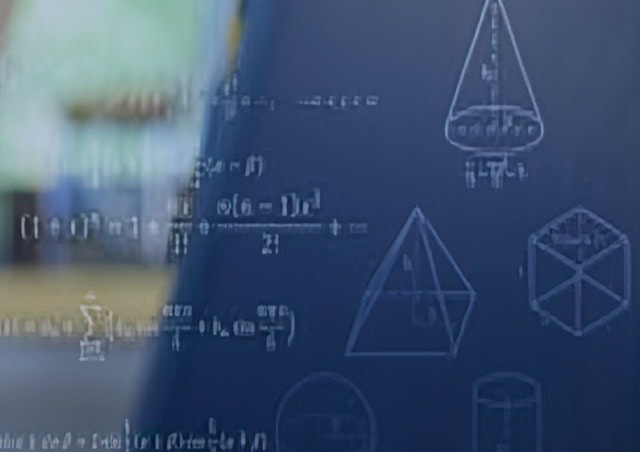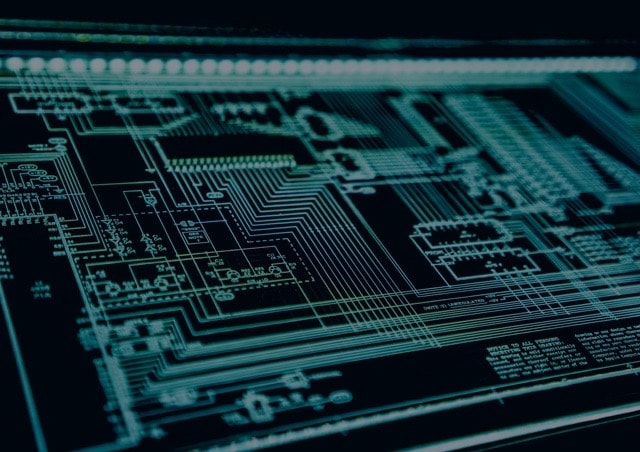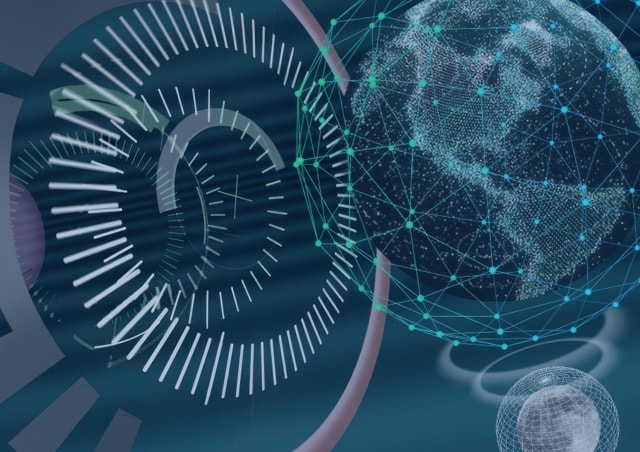Physics
Projects
Introduction

To align with the interdisciplinary framework, complement modular teaching designs, and implement project-based teaching approaches, UGTL has crafted its experimental teaching content to both preserve foundational classic experiments and emphasize the design of innovative, interdisciplinary projects. UGTL offers undergraduates a variety of foundational and innovative experimental topics, categorized into onsite, online, and remote experiments, each accompanied by detailed lab manuals.
Classification
The experimental projects are divided into classic and interdisciplinary types based on their content. Classic experiments are organized by discipline, currently encompassing areas such as physics, chemistry, biology, computer science, and engineering. Reflecting the unique features of modular course design, some experimental projects are selected as components of certain STEM courses, requiring undergraduates to complete the corresponding experimental topics when selecting these courses. These projects are marked with tags indicating their associated course codes. Fun and demonstration experiments are also tagged for easy identification, making them not only available for undergraduate students to choose from but also suitable for high school students to experience.
Depending on the hardware resources required for the experiments, projects are categorized into onsite, online, and remote experiments. Onsite experiments require physical presence in the laboratory to use the lab's instruments and equipment. This type is the most common, with most basic science experiments in fields like physics, chemistry, and biology being offered in this format. Online experiments do not require physical presence in the lab and are typically completed through software simulation, followed by information exchange over the internet. Pure software simulation experiments in computer science and information engineering are offered in this format. Remote experiments involve using laboratory instruments and equipment, but the user controls the instruments remotely via the internet, coupled with software for data collection. Some electronics and circuits related experiments are offered in this format. Currently, most of the projects offered are in the form of onsite, but there are plans to expand the online and remote experiment offerings in the future.




